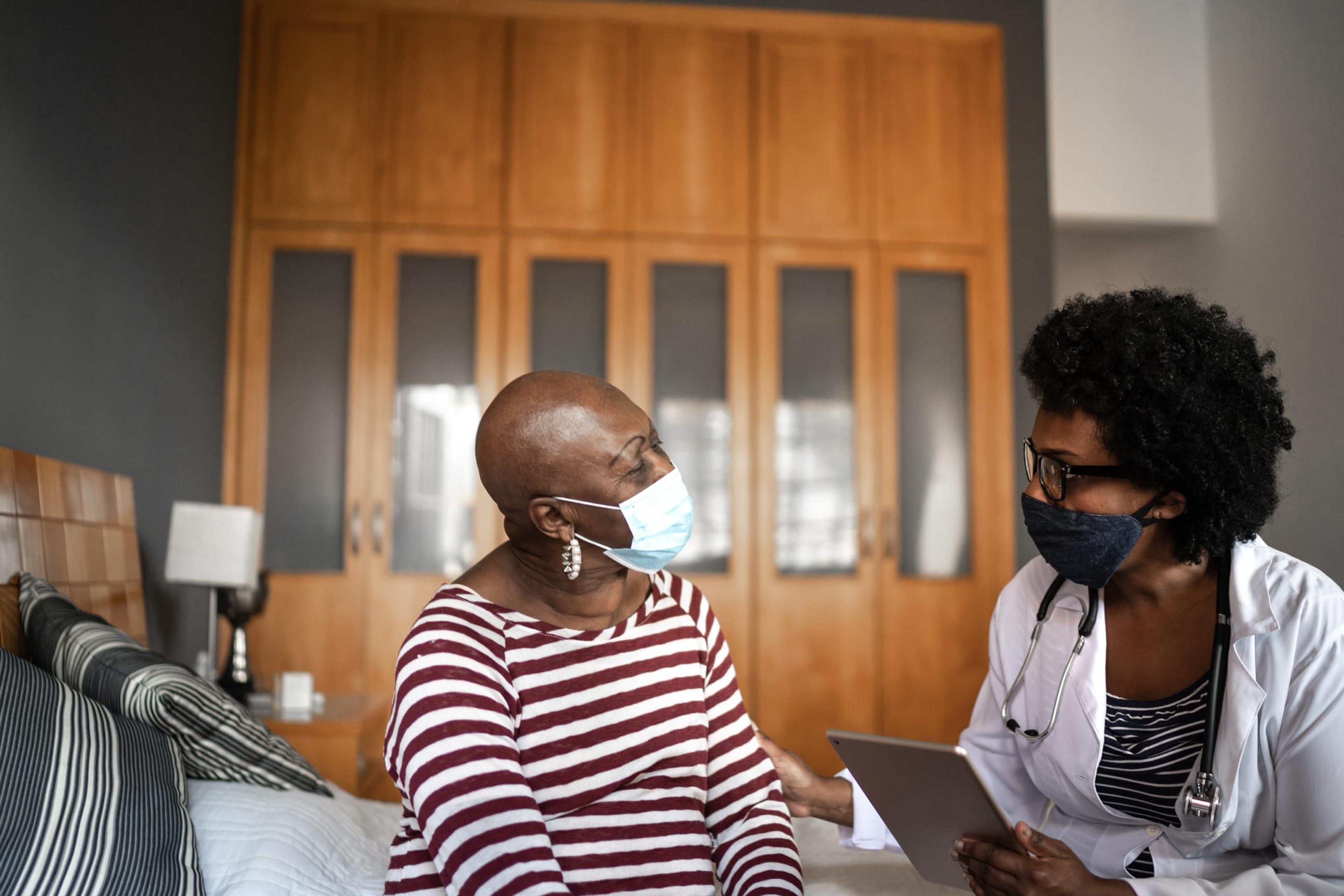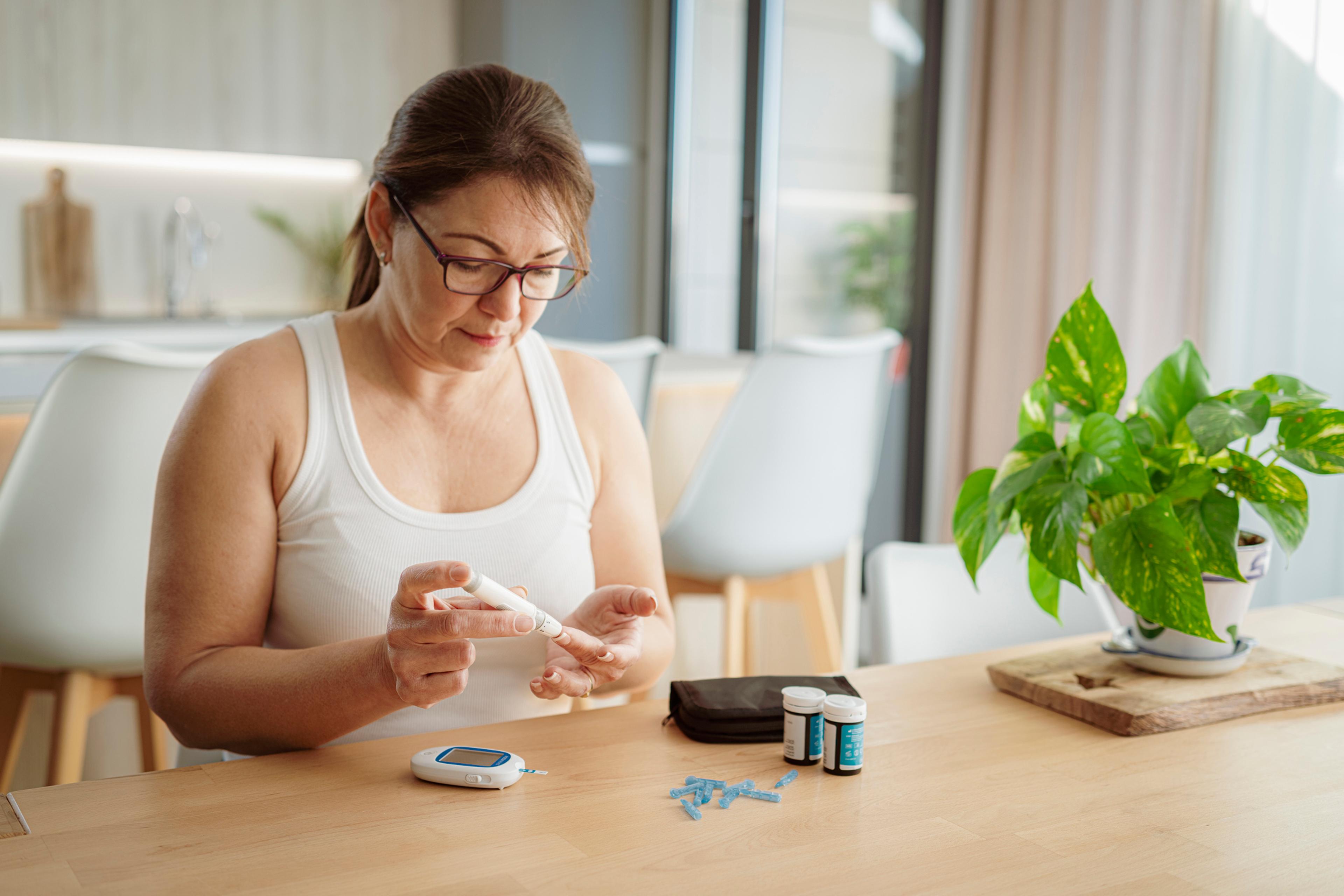
The COVID-19 pandemic has dramatically changed how medical care is delivered. With the world still in the midst of a pandemic, it may seem difficult to imagine what the world will look like when the virus is finally contained. One thing is for sure: care delivery has been forever changed. In the early days of the pandemic, in an effort to decrease the risk of transmitting the virus to patients or staff members, care providers deferred elective and preventative visits, such as physicals, whenever possible. Now, those appointments and more are being converted from in-person visits to telemedicine visits-video chat sessions between a care provider and a patient. Constantly evolving state and local recommendations restricting travel and nonessential services are also influencing patient and provider behavior.
A NEW WORLD
In late April, data showed that visits to ambulatory care providers had declined by nearly 60%. Office visits rebounded in mid-May and plateaued by late June. Beginning in August, visits dropped again in areas of COVID-19 hotspots. When summer ended, many restrictions on travel and nonessential services were lifted, which has resulted in office visits increasing once again. Like many other businesses, medical practices and their patients have adapted to this new normal. Beginning in September, office visits had fully recovered and, in some cases, slightly exceeded pre-pandemic levels. The slight increase in office visits could be a result of people catching up on missed appointments during the early stages of the pandemic. Health care experts believe the pandemic is the tipping point for telehealth. Instructing the patient to come into the office, urgent care clinic or emergency room will no longer be the default workflow for most patients. Now, millions of patients can get the care they need while simultaneously following CDC guidelines to stay home when possible and avoid contact with others. COVID-19 risks are also much higher for older patients, so telehealth is now the preferred practice for engaging, protecting and serving the population. Video chats with your care provider are not the only changes you may see stick around in the future. Here are a few other changes that are here to stay:
- More digital communication
- Less time spent in your provider’s office
- Use of mobile text applications
- Increased safety measures
IN-PERSON VERSUS TELEHEALTH
With many medical practices opening back up for elective and preventative office visits as well as increasing safety measures, it may be unclear when to take advantage of a telehealth visit versus an in-person visit. In the new world of health care, initial visits with a doctor should utilize telehealth if the office allows. Telehealth visits should also be used for follow-up visits when possible, as patients can see their provider, ask questions, share pictures of scars or post-surgical wounds and get general medical advice. Be sure to speak with your doctor to determine the best care delivery method for you. Related:
- COVID-19 Treatment Extended Through March 2021
- COVID-19 Taking Emotional Toll on Young Parents
- Helpful Tips for Navigating COVID-19 This Winter
Photo credit: FG Trade





